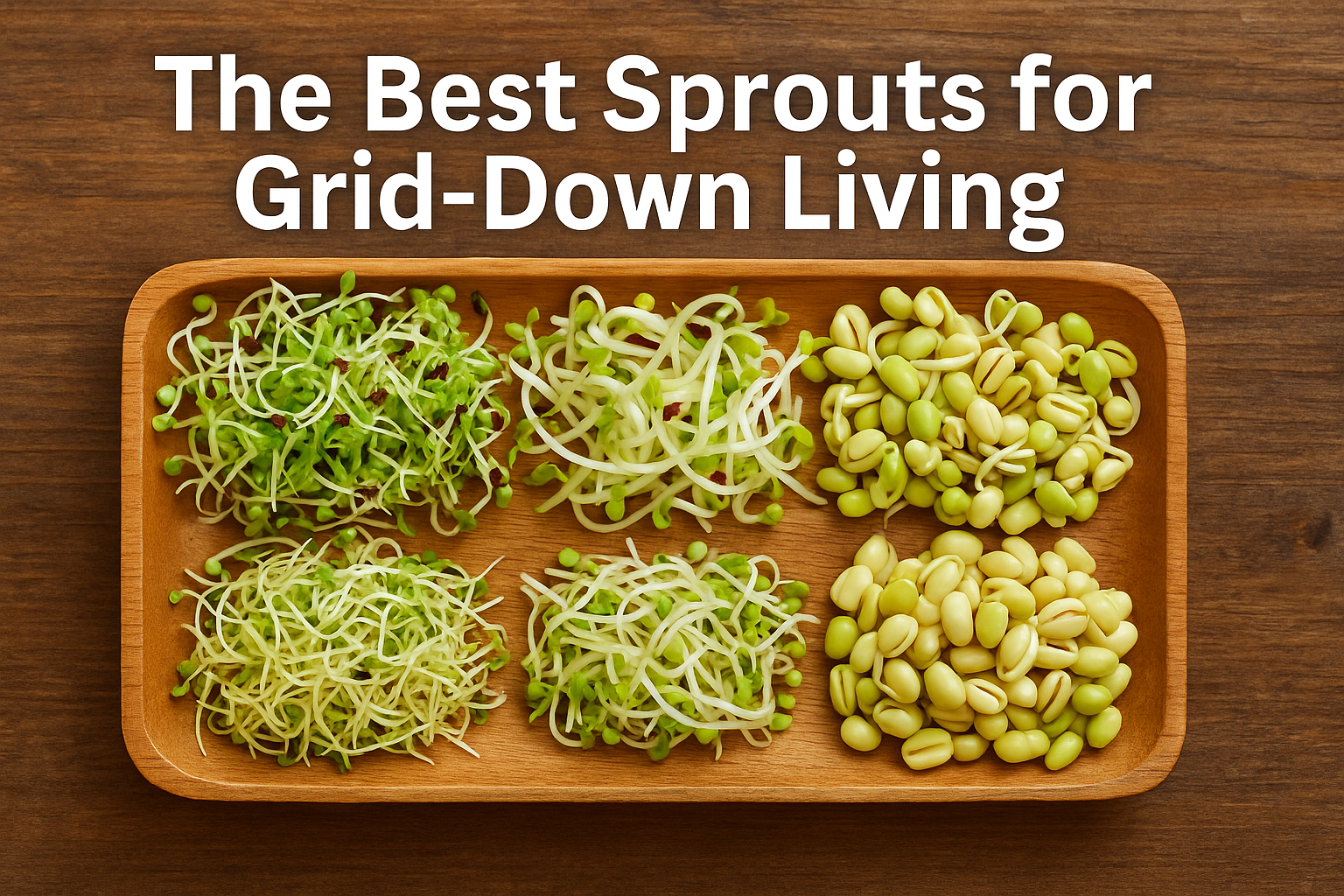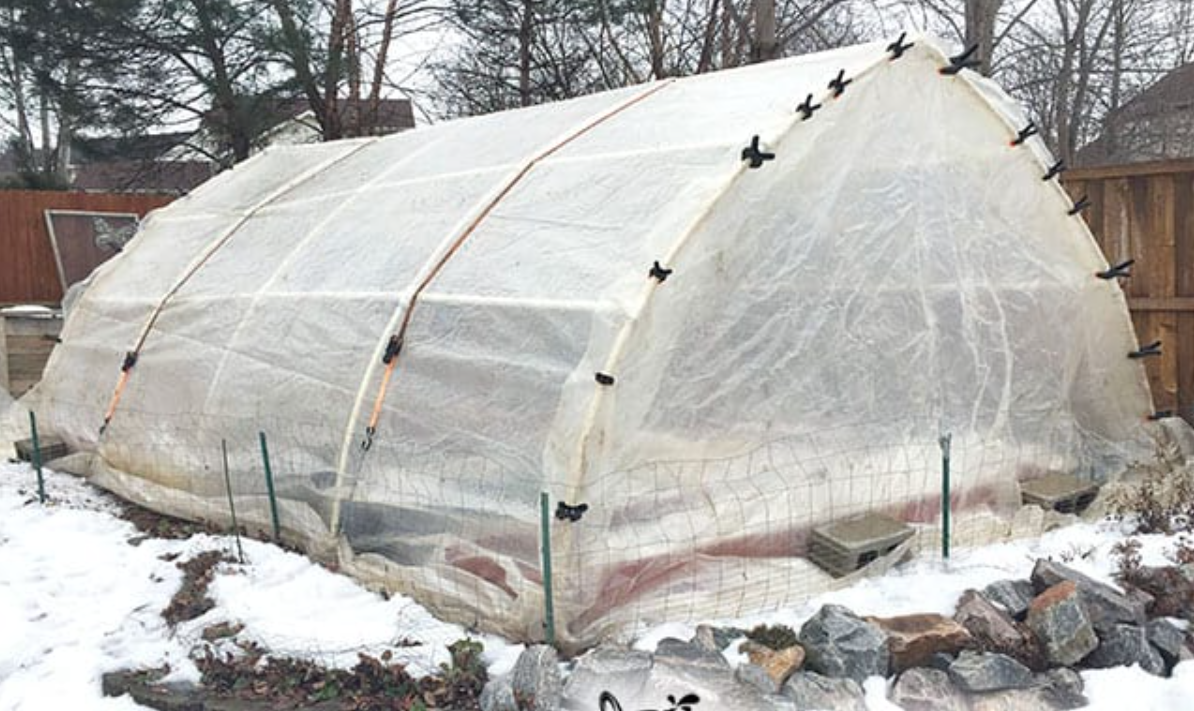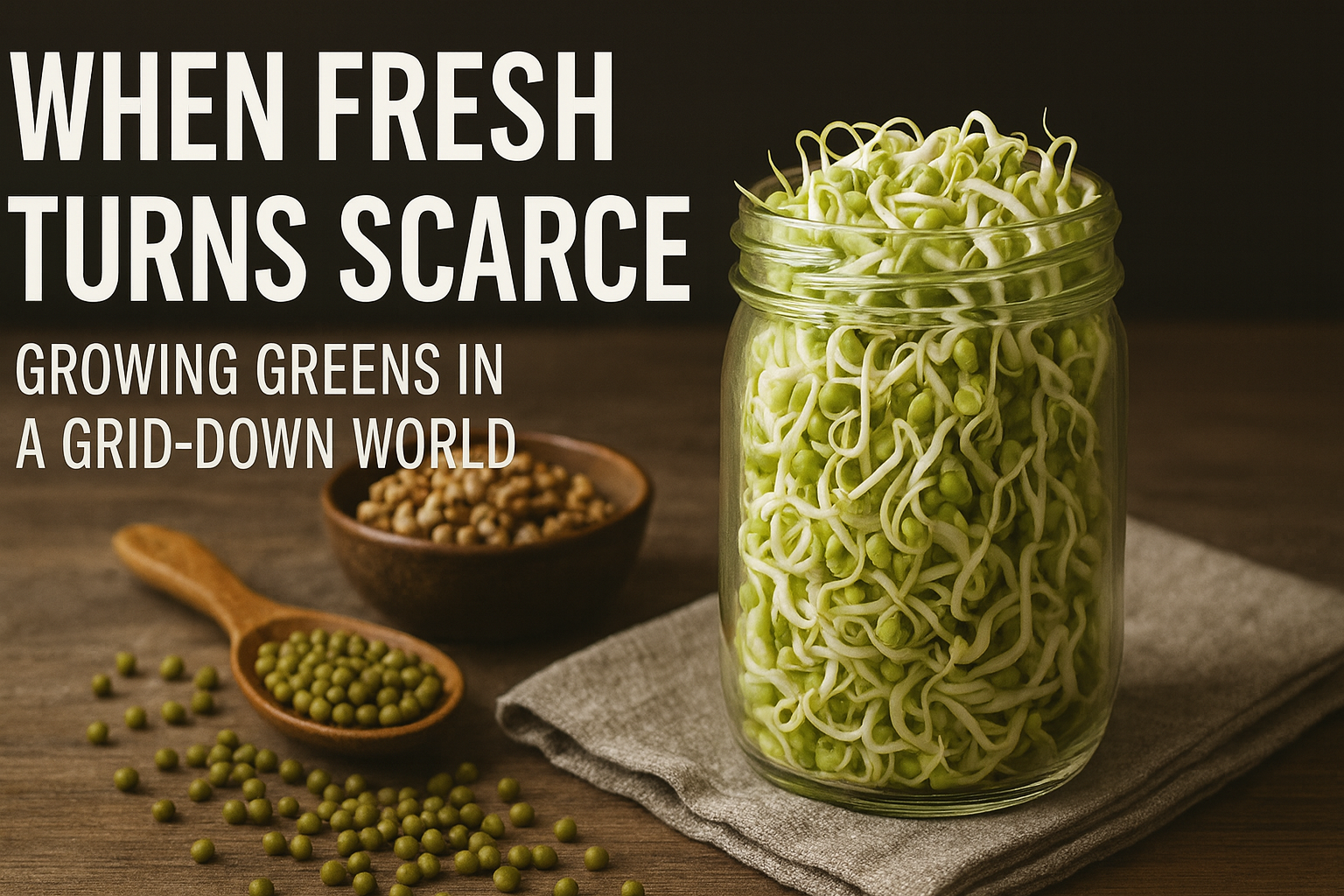Turning Seeds into Survival Nutrition: The Best Sprouts for Grid-Down Living

In yesterday's post, “When Fresh Turns Scarce,” we explored how fragile our access to greens becomes when the supply chain breaks. The takeaway was simple: in a long-term disruption, calories keep you alive — but micronutrients keep you strong.
This week, let’s move from theory to practice. If your pantry is stocked with beans, rice, flour, and dehydrated foods, the next upgrade isn’t another #10 can — it’s a few pounds of sprouting seed and a clean quart jar.
Why Sprouts Are the Smartest Fresh Food Backup
Sprouting works anywhere. No soil. No grow lights. No dependency on weather or season. In less than a week, dry seeds become crisp, edible greens with the vitamin density of a full salad — and they regenerate as long as your seed supply holds.
That means one 10-pound sack of sprouting seed can feed you fresh produce for months. More importantly, sprouts give your body what dehydrated staples lack:
- Vitamin C to prevent fatigue and bolster immunity
- Vitamin A and K to support vision, bones, and blood health
- Calcium, magnesium, and iron for muscle and nerve function
- Antioxidants that fight oxidative stress — vital in high-stress survival settings
The Top Five Sprouting Seeds for SHTF Nutrition
- Broccoli Sprouts – The Powerhouse
Fast-growing and loaded with sulforaphane, a detoxifying compound that supports immune and cellular health. Slightly tangy, easy to mix with others. - Kale Sprouts – The All-Around Performer
Offers vitamins A, B, C, E, and K along with calcium, iron, and zinc. Grows in about 5 days and adds a mild, earthy flavor. - Radish or Mustard Sprouts – The Flavor Boosters
Sharp, peppery greens rich in vitamin C. Sprout fast and add variety when everything else tastes like beans and rice. - Alfalfa and Clover Sprouts – The Reliable Base
Mild flavor, consistent results, and an excellent source of vitamins K and C. Ideal for mixing with stronger varieties. - Mung Bean or Lentil Sprouts – The Protein Edge
Hearty, filling, and slightly nutty. Not as vitamin-rich as the brassicas but valuable for texture and protein balance.
A balanced mix — half brassicas (broccoli, kale, radish) and half mild fillers (alfalfa, clover, mung) — keeps nutrients diverse and flavor rotation simple.
Storage and Sanitation in a Low-Resource Setting
- Store seeds dry and cool — sealed in Mylar with oxygen absorbers.
- Rinse with clean water twice daily, ensuring good drainage and airflow.
- Avoid standing water; sprouts should stay moist, not submerged.
- Cycle batches — one jar growing, one ready to harvest, one soaking.
If the grid stays down, sprouting remains sustainable for as long as you can maintain clean water. It’s the closest thing to renewable nutrition you can pack in a bucket.
Reader Takeaway
The characters in The Ridge Plan learned that survival isn’t about stockpiling—it’s about systems. Sprouting is one of those quiet, self-sustaining systems that turns planning into resilience.
Start now, while water still runs and shipping still works. A small bag of seeds today can become your most dependable fresh food source when everything else runs out.




